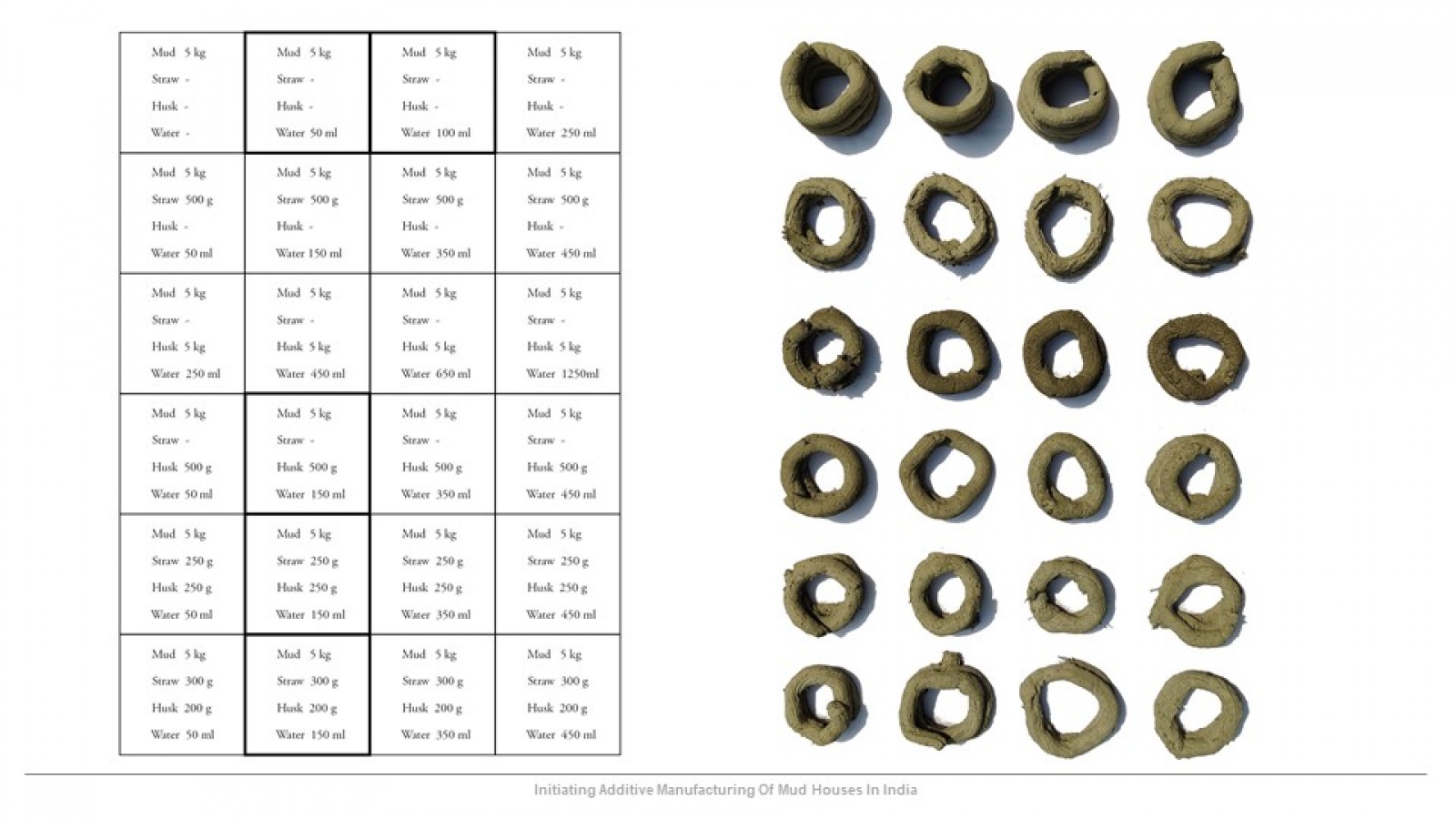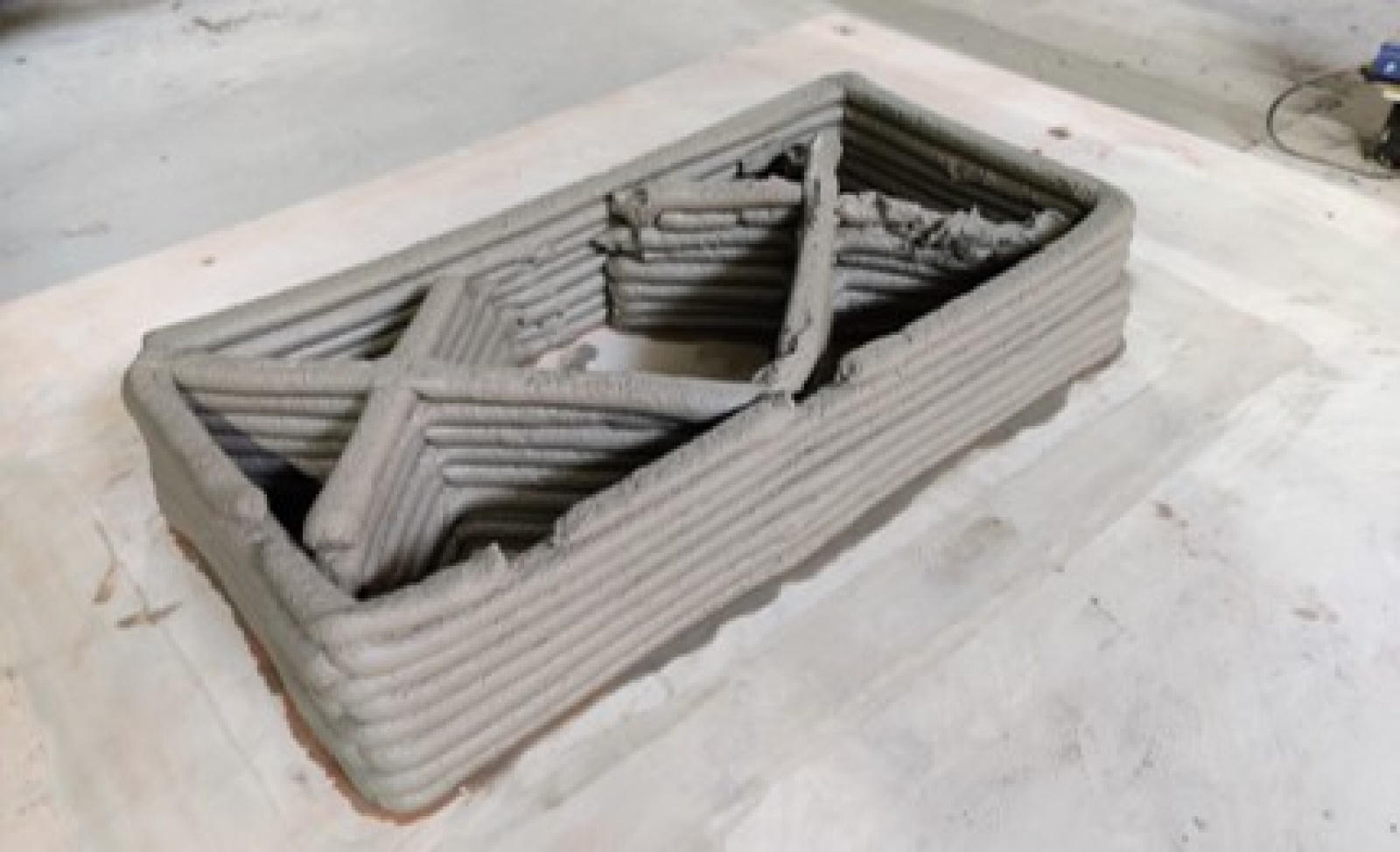Your browser is out-of-date!
For a richer surfing experience on our website, please update your browser. Update my browser now!
For a richer surfing experience on our website, please update your browser. Update my browser now!
3D printing is a modern technology of additive manufacturing executed using various materials and complex equipment. Recently, a shift was noticed in its scope of implementation from small-scale to large-scale structures. Many buildings and some of their components utilize materials like polymers, metals and cementitious compositions for 3D printing. Therefore, there is visible progress in the field of construction using the newest technology and the most modern materials. However, What if mud, the oldest material, is employed for construction using the same technology? With time, there is a frequent invention of new construction materials which invade the market. These materials are developed with specific advantages like less time for construction or easy build-ability. However, the formerly composed plastic materials (artificial) could not be on par with the naturally available native ones. Most of them are the root cause of the deteriorating environment, generating non-biodegradable construction waste, pollution, and global warming The research focuses on collating guidelines and conducting initial experiments in the Indian context for using modern technology in 3D printing mud, which is the most sustainable and traditional material known. Mud is one of the oldest and readily available materials used for construction around the world. In India, since ancient times, mud has been used to construct buildings like palaces, temples and houses from the Himalayas to the Thar desert. Mud architecture decentralizes the construction process using the local material; it is less time consuming, closer to nature and costs less while building and maintenance. Construction in mud opens up building in the most remote areas as it is available everywhere and anywhere. Traditionally, mud architecture was always practiced as a craft form native to a specific community. Today, these craft forms are getting extinct due to a lack of practice and modernization amongst people. Cob, natural building material in the mud with high clay content used for construction, was used for crafting these buildings. The technique of manually shaping mud with hands in successive layers is similar to additive manufacturing by a machine in layers to achieve the desired form. Therefore, the research also focuses on reviving the craft of mud architecture in COB through the technology of 3D printing. It initiates an investigation to logically argue the combination of modern technology with traditional material, developing the futures from its roots in the past.

